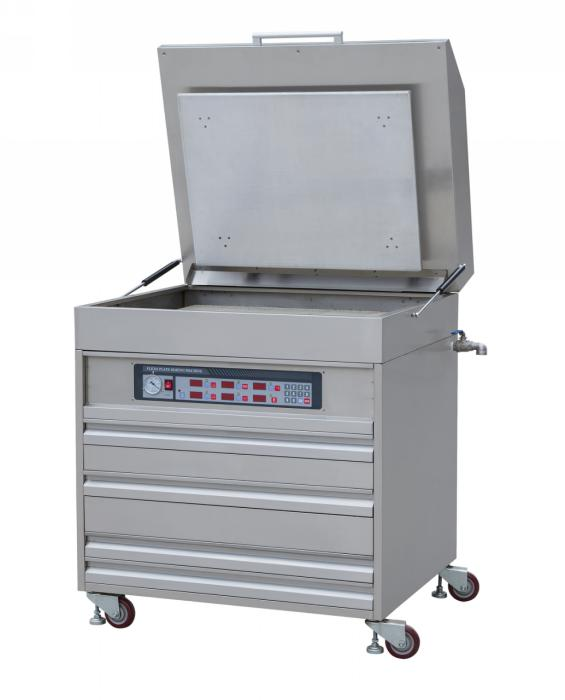Machine fault handling method:
1. Ensure safety
The laser emitted by the laser head that is being exposed is invisible to the human eye, but the high-power invisible laser can cause serious damage to the human skin and eyes. Therefore, each enclosure is equipped with a safety lock system that automatically alarms when opened to protect the operator from high-power invisible lasers and moving machinery. If the CTP is suddenly opened during the exposure process, the safety lock system will have the following effects: (1) stop the work of all mechanical components; (2) Stop the laser system.
The mechanical part of the CTP does not stop working, please follow the following steps to operate: (1) Turn off the power supply of the CTP; (2) Replace the failed outer cover; (3) Contact the engineer immediately, do not try to stop or touch the internal parts.
Safety is the top priority, and unsafe factors must be excluded before repair work is carried out, or the equipment needs to be controlled to operate within a safe range.
2. Describe the symptoms of the problem
Collect detailed, accurate symptom information to ensure that you have enough resources to fix the problem before repairing the machine. Use your knowledge of the system or service to document the source of the problem. In addition, ask yourself some general symptom questions. For example: (1) Do problems occur more or less frequently? (2) In the same imaging cycle, will the problem repeat? (3) What error messages are there? (4) Does the problem occur continuously or intermittently? (5) When did the problem occur? (6) Did any other problems occur at the same time? (7) Were there any new installations or Settings changed at the time of the problem? Have a clear conclusion, and then use the following method to further action.
3. Reproduce the problem
If such symptoms occur frequently, it can be better and faster to locate the symptoms, narrow down the scope, and identify the problem point during repair. Problems are usually easier to fix when you can see the symptoms. When the problem is in front of you, you can get to the heart of the problem, so reproducing the problem is a very important part of the maintenance process.
4. Analyze the cause
In order to avoid spending too much time and money on wrong judgments, the platemaking machine fault handling method should always cover the following possible fault points when dealing with problems: (1) problems in the operation process; (2) Problems with the built-in firmware of the machine; (3) Mechanical problems; (4) Air pressure problem.
5. Narrow the fault scope
First, check the machine for some small problems or problems that can be seen at a glance (such as loose signal lines, etc.); Secondly, use your system knowledge and effective technical information to minimize the failure factors; In addition, intermittent problems may make your test invalid, but you need to continue to try many times, and you must go back to the original phenomenon and repeat the test to accurately determine the machine failure.
6. Repair or replace parts
Use the right tools and appropriate procedures to deal with the damaged circuit and internal software, while taking apart the relevant parts, you must ensure that there is enough technical strength to assemble it again. When replacing unfamiliar parts, follow the relevant procedures and do not forget to wear a safety electrostatic belt to protect the safety of the device. If there is enough technical strength to replace one of the parts on the circuit, the plate maker, it must be done in accordance with the previous parameters and related reliability.
7. Prevent the problem from recurring
In order to prevent the same accident from happening again, we need to constantly test and complete the scheduled equipment maintenance schedule. The first condition to prevent the recurrence of failures is to completely solve these failures, if possible, you can guide the operator to do some related maintenance work to prevent the recurrence of failures to the greatest extent.
8. Document the repair process
When troubleshooting a problem, it is a good idea to record all the actions and mark the parts that can be changed appropriately. Through the recorded data, we can see the process of solving the problem, so that when similar failures occur again, we can easily find a solution from the record.

